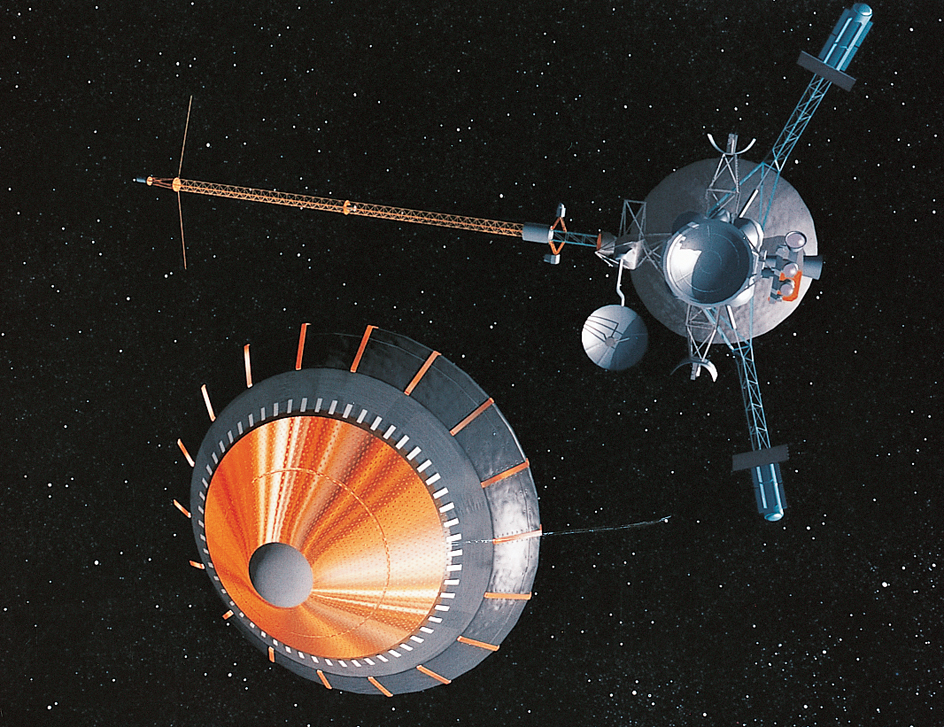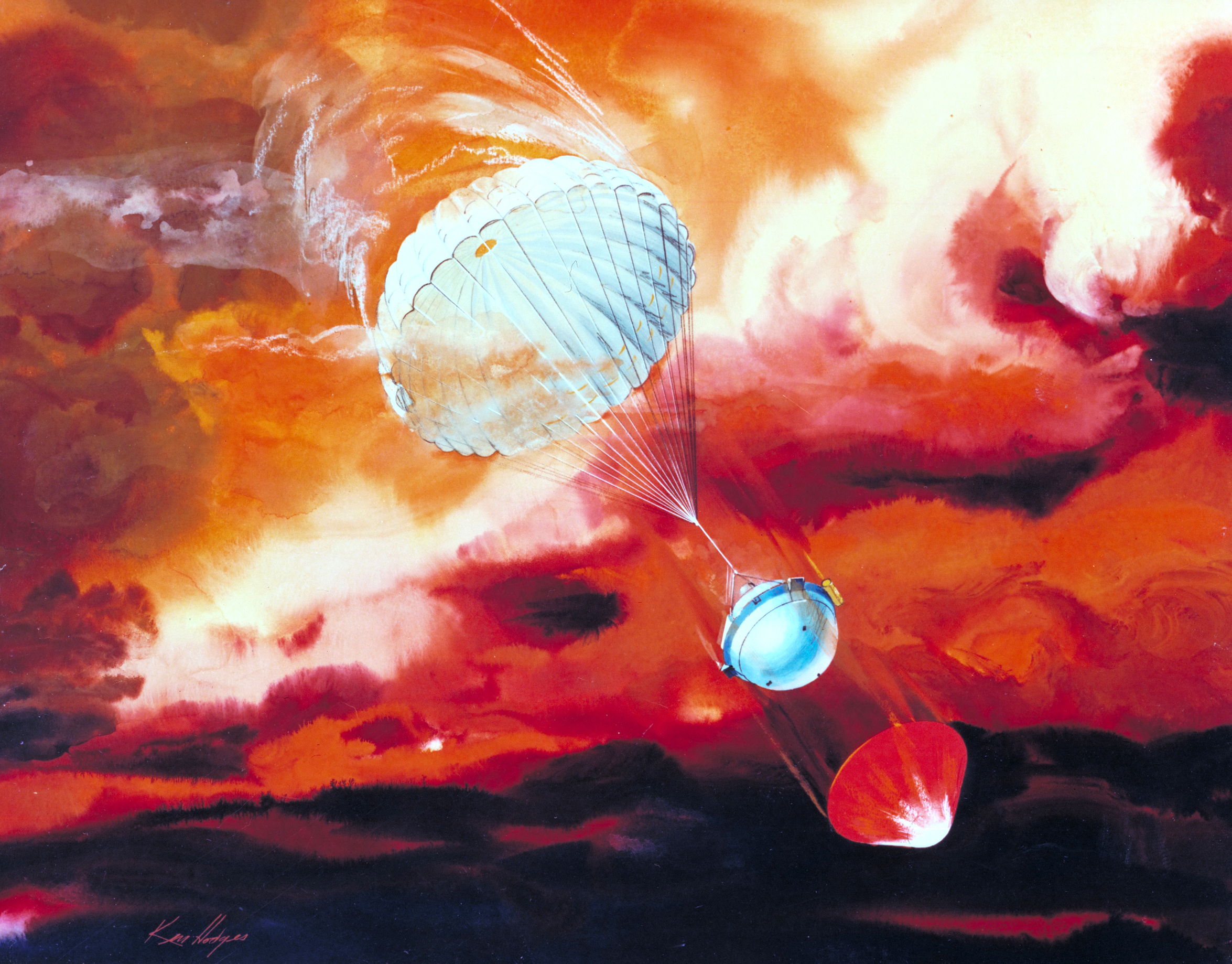Galileo was a space probe launched by the United States to observe Jupiter, its moons and rings, and the radiation and magnetism in the neighboring space. The National Aeronautics and Space Administration (NASA) launched Galileo on Oct. 18, 1989. The craft orbited Jupiter from Dec. 7, 1995, to Sept. 21, 2003. The spacecraft was named after the Italian astronomer and physicist Galileo, who discovered Jupiter’s four largest moons in 1610.


The Galileo craft took an indirect route to Jupiter. First, it made a close approach to Venus, using energy from that planet’s gravitational field to increase its speed. It then flew past Earth twice to pick up more speed. On the way to Jupiter, it visited the asteroids Gaspra and Ida.
On the day Galileo went into orbit around Jupiter, a smaller probe that had been released by Galileo five months earlier plunged into the planet’s atmosphere. The small probe encountered atmospheric pressures more than 20 times as great as that on Earth. The intense heat of the atmosphere shut down its instruments after 61.4 minutes. Eventually, the entire probe melted and evaporated. One of the probe’s major discoveries was that Jupiter’s chemical composition resembles what astronomers believe was the original composition of the sun. Jupiter has a higher proportion of heavy elements than the sun. Some of the lighter gases must have been lost during the planet’s formation.
Galileo’s observations of Jupiter’s four largest moons produced many surprises. For example, lava from Io’s volcanoes is hotter than lava on Earth (see Io). A blanket of dark, smooth material covers the surface of Callisto. Ganymede has a dense core and a magnetic field (a region in which magnetism can be detected). Grooves and ridges crisscross the icy surface of Europa. In places, the ice on Europa was seen to have broken into blocks—suggesting that there may be an ocean of water underneath.
NASA designed Galileo to orbit Jupiter for only two years, but the craft continued to provide valuable information after that period. Eventually, Galileo ran low on fuel. NASA intentionally crashed Galileo into Jupiter’s atmosphere on Sept. 21, 2003, to avoid any risk of the craft crashing into and contaminating Europa. Many scientists believe that the water below the surface of Europa may be capable of supporting life.
In 2018, scientists examined data collected by Galileo in 1997 as it passed within 124 miles (200 kilometers) of the surface of Europa. Although Galileo’s instruments were not designed to detect them, the data indicated that plumes of liquid water were being ejected from the surface of the icy moon. The finding provides a new line of evidence that an ocean of liquid water lies beneath Europa’s frozen surface.
